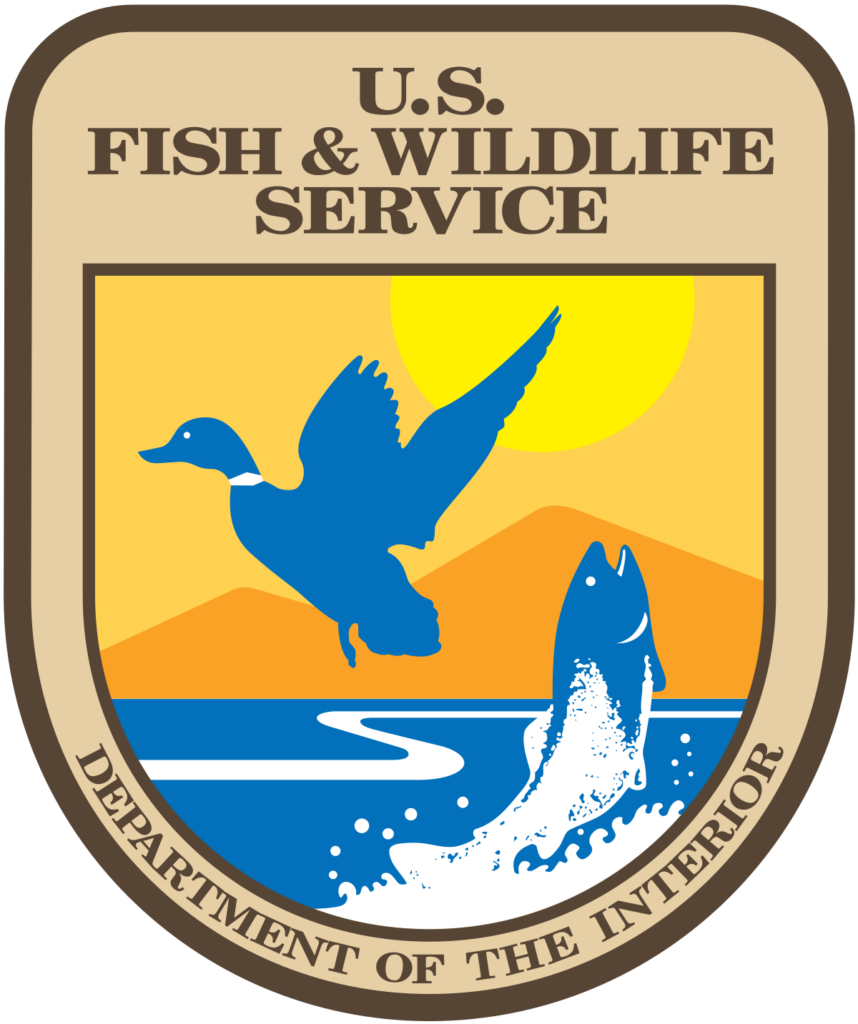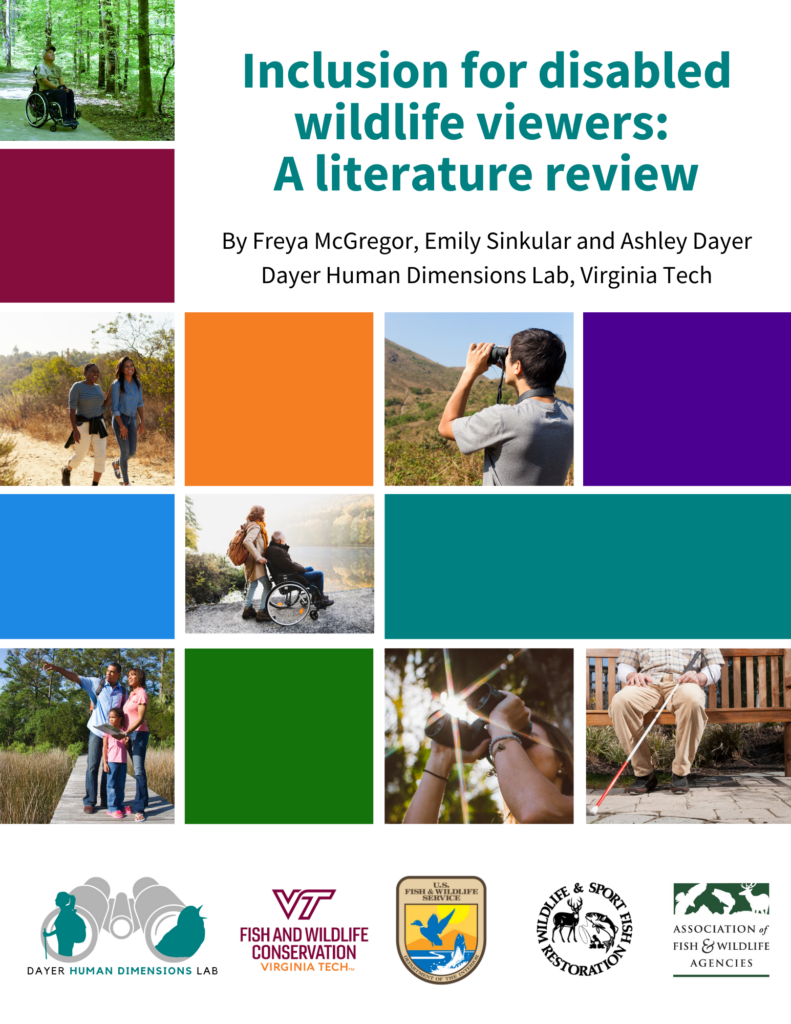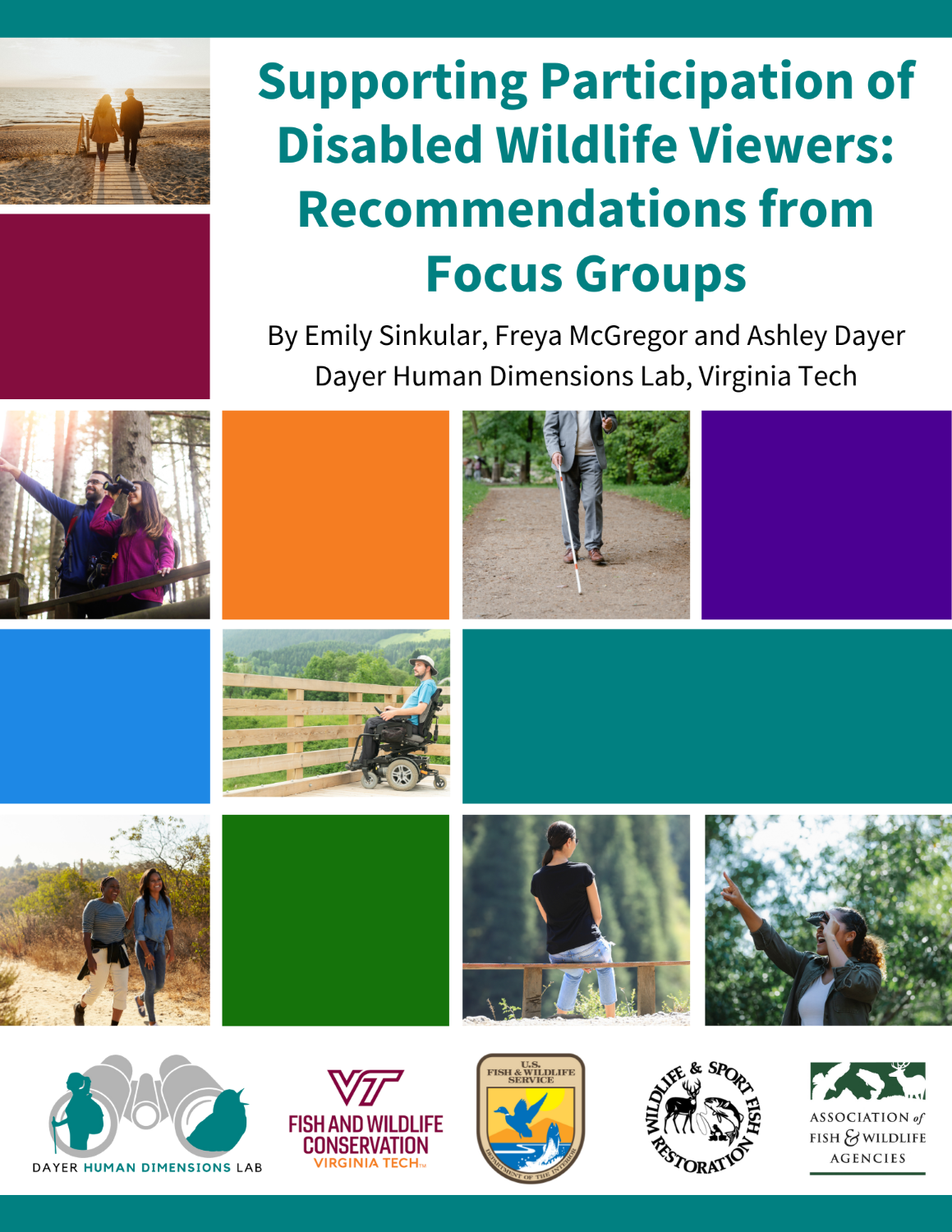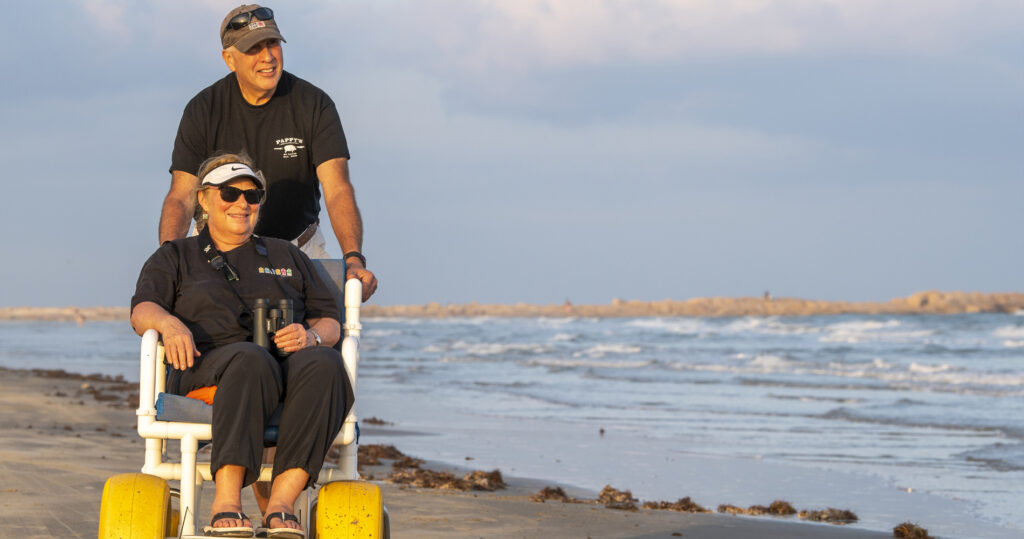
In our National Wildlife Viewer Survey (Sinkular et al., 2022), which had over 4,000 respondents across the United States, we found that 39% of wildlife viewers experience somewhat, quite a bit, or a great deal of accessibility challenges. That's a lot of people!
The Americans with Disabilities Act (1990) requires all state and local government agencies, and places of public accommodation (like local nature centers), to ensure that people with disabilities have equal opportunities to participate in, and benefit from, all programs, goods and services they offer. (The Americans with Disabilities Act uses "programs" to include things like wildlife viewing programs, as well as using trails.) According to the Centers for Disease Control, 1 in 4 Americans lives with a disability. This means it is even more important that state wildlife agencies and other nature organizations are working to ensure their wildlife viewing locations, programs and materials are as accessible as possible. But how?
In 2024, thanks to a U.S. Fish and Wildlife Service and Association of Fish and Wildlife Agencies Multistate Conservation Grant, researchers in the Dayer Human Dimensions Lab at Virginia Tech began a new project to help wildlife viewing staff across the U.S. more effectively include a significant portion of the wildlife viewing community – those with disabilities. Scroll through this page for resources related to this project.
What does the literature say about disability, accessibility, and wildlife-related recreation?
In early 2024, researchers in the Dayer Human Dimensions Lab at Virginia Tech summarized over 80 peer reviewed articles, reports, and best practice recommendations in Inclusion for disabled wildlife viewers: A literature review. This literature review answers questions including:
- What's the difference between the ADA and supporting people with disabilities?
- What do we know about participation in outdoor recreation and wildlife viewing for people with disabilities?
- Are there specific benefits of nature and wildlife viewing for people with disabilities?
- What are the barriers to wildlife viewing with a disability?
- Can we learn anything from the research about hunters and anglers with disabilities?
- What would make wildlife viewing more accessible for people with disabilities?
- How should we design trails for people with disabilities?
- What are the best practices for designing accessible exhibits and interpretive signs?
- How do we ensure programs support people with disabilities?
- What are the best practices for communicating with people with disabilities when marketing programs?
- How can organizations and individuals practice allyship to disabled wildlife viewers?
Recorded webinars about the literature and our research on birders with disabilities
In May 2024 researchers in the Dayer Human Dimensions Lab at Virginia Tech hosted two webinars about the literature review (above), and our research about birders with disabilities. Watch the recordings, below, and download the slides and transcripts.
Supporting disabled wildlife viewers: A literature review
Watch the recording on YouTube. This webinar covered:
- What disability is,
- What is known about wildlife viewers with disabilities,
- Best practices for designing accessible trails,
- How to design materials so they are accessible, and
- Creating accessible wildlife viewing programs.
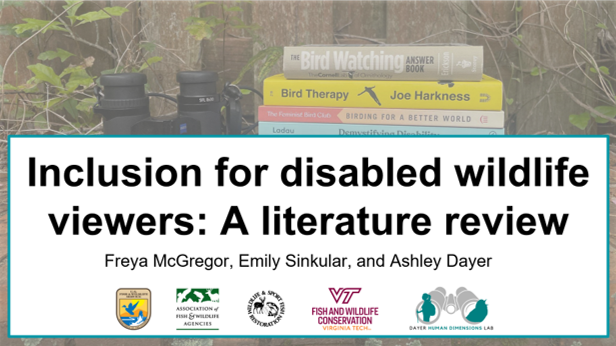
Download the slides or the transcript for this webinar below. Please note that the transcript has not be edited for accuracy.
Advancing access for disabled wildlife viewers: Findings from Virginia Tech
Watch the recording on YouTube. This webinar covered:
- Wildlife viewers with disabilities,
- Models of disability used by disabled birders,
- Using a strengths-based approach to birding with a disability,
- Barriers to wildlife viewing with a disability, and
- How to support accessible wildlife viewing.
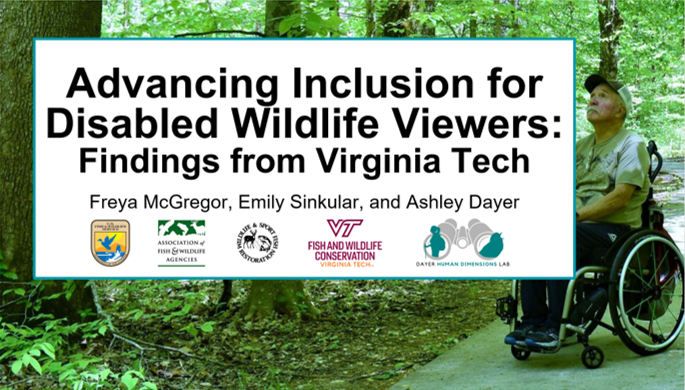
Download the slides or the transcript for this webinar below. Please note that the transcript has not be edited for accuracy.
Barriers and facilitators to birding with a disability
This peer-reviewed paper covers findings about disabled birders from our analysis of our nationwide survey of wildlife viewers (which had 4,030 total respondents), as well as a smaller survey of disabled birders. Among other things, we found that 39% of birders report having somewhat, quite a bit, or a great deal of accessibility challenges when wildlife viewing. It explores which factors facilitated their participation in wildlife viewing, and which ones created barriers. It also analyses qualitative responses about their experiences in terms of the models of disability they used when referring to their experiences as disabled birders. If you cannot access the published article through the link, below, you can download the pre-acceptance version from VT Works.
Citation: Sinkular, E. N., Dayer, A. A., McGregor, F. A. & Karns, M. J (2024). Accessible birding in the United States: constraints to and facilitators of birding with disabilities. Human Dimensions of Wildlife. https://www.tandfonline.com/doi/full/10.1080/10871209.2024.2325157
Supporting disabled wildlife viewers: Findings from focus groups
In July and August 2024 we held focus groups with 32 disabled and neurodivergent wildlife viewers from across the United States. We asked them:
- What did they need to be able to access wildlife viewing locations?
- What do inclusive wildlife viewing programs look like?
- What can individuals do to be allies to disabled and neurodivergent wildlife viewers?
- What does allyship look like from an organization or agency?
After analyzing their responses, and hosting a coproduction workshop with staff from state wildlife agencies, we have published a report on the findings, including five recommendations for state wildlife agencies and other organizations to support disabled able neurodivergent wildlife viewers.
We also developed three handouts that state wildlife agencies and other nature organizations can use to help them implement the recommendations, and to train staff and volunteers in supporting disabled wildlife viewers.
In May 2025 we presented a webinar sharing findings from the focus groups and the report. You can watch the recording on YouTube by clicking on the image on the right.
Resources from the AFWA Annual Meeting in Madison, Wisconsin, September 2024
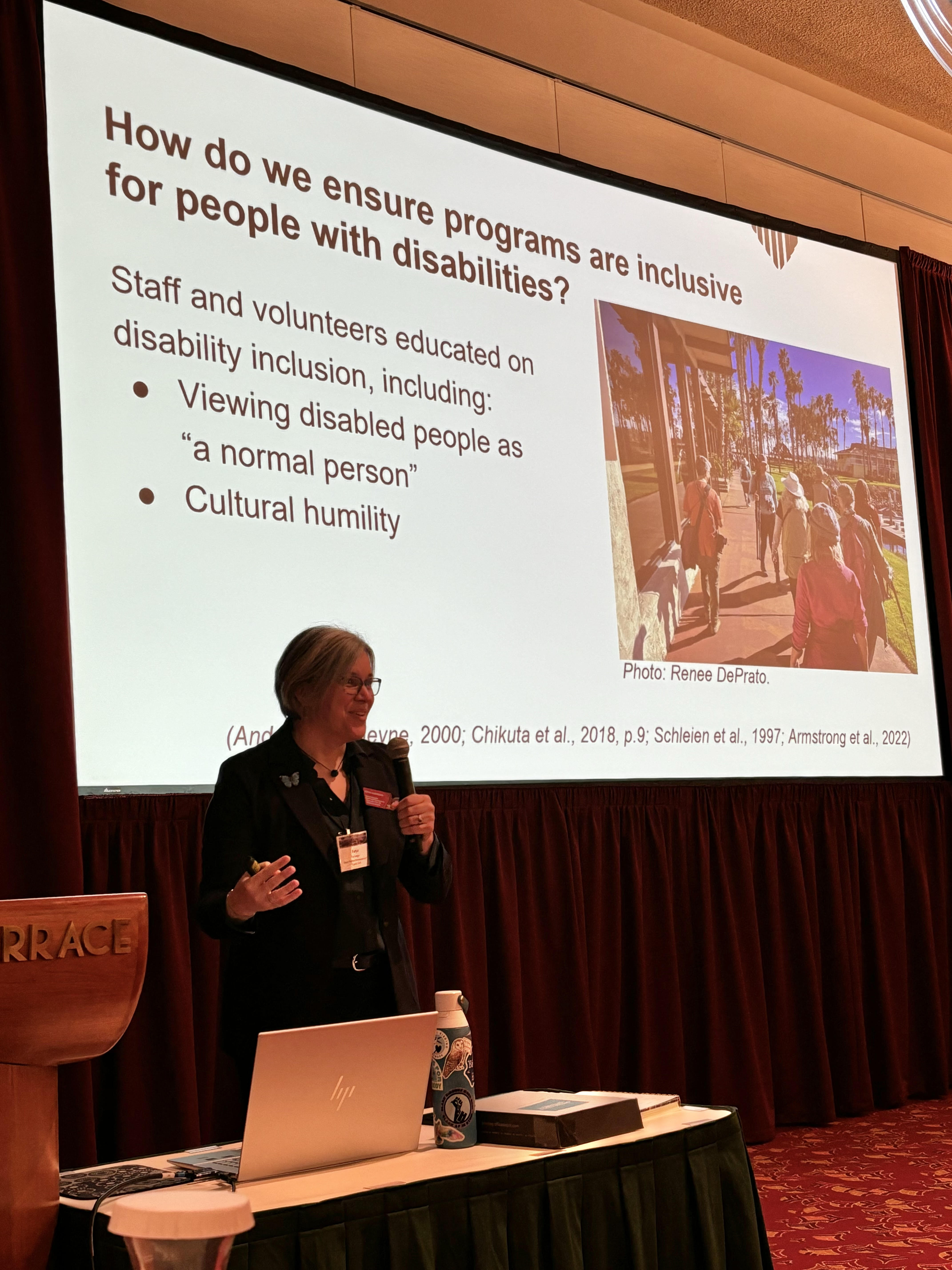
Through five committee updates, a two hour workshop, and a 45 minute co-production workshop as part of the Wildlife Viewing and Nature Tourism Working Group's meeting, we shared about our research and resources.
Learn more
Join our email list to stay up to date with upcoming events and new resources. We won't send more than eight emails each year.
Learn more about the Dayer Human Dimensions Lab at Virginia Tech. Email us about this work: freyamcgregor@vt.edu
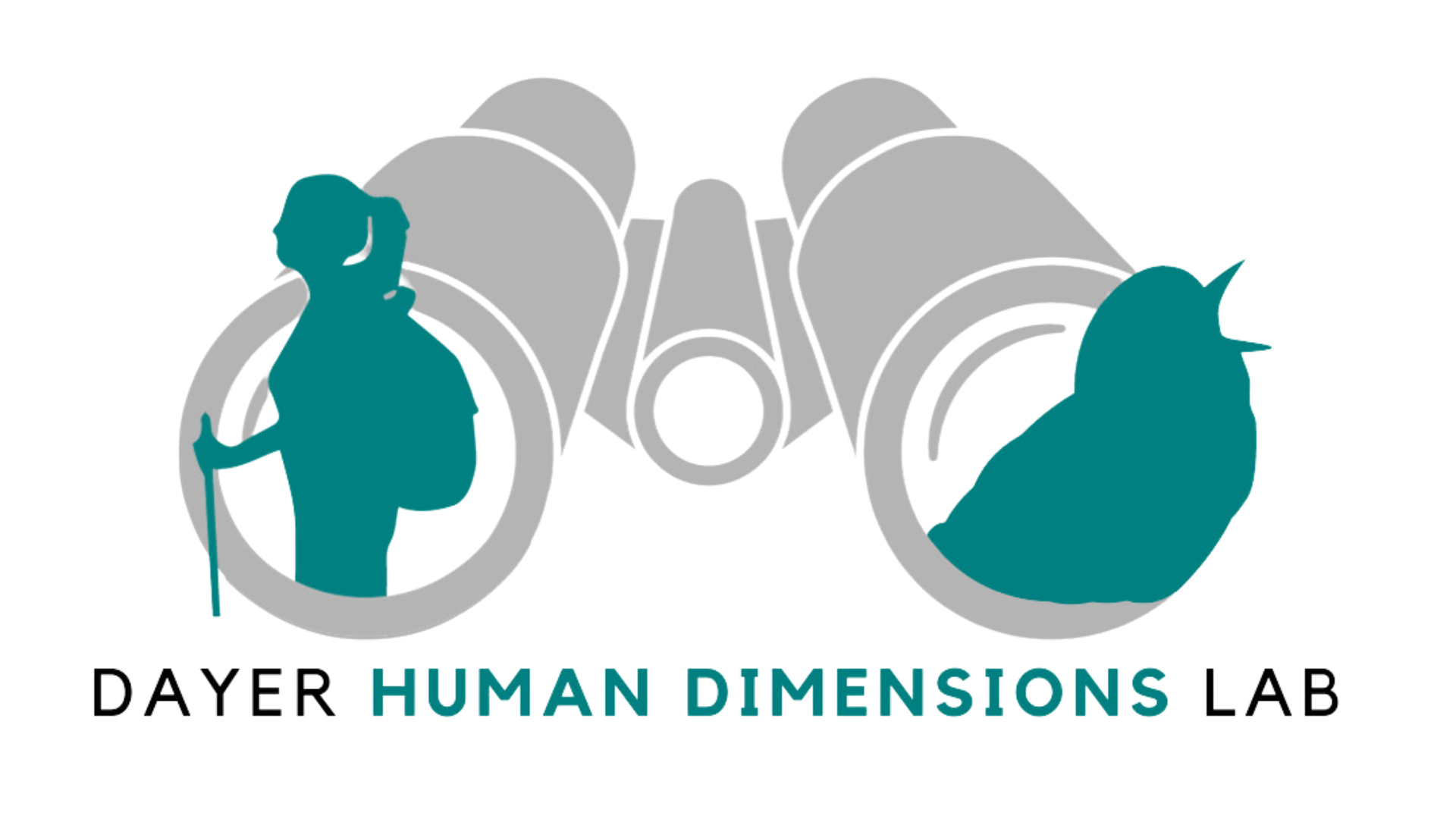

This project is possible thanks to
This project was funded by the U.S. Fish and Wildlife Service’s Multistate Conservation Grant Program (grant #F24AP00315), which is jointly managed by the Association of Fish and Wildlife Agencies and the U.S. Fish and Wildlife Service’s Wildlife and Sport Fish Restoration Program.
